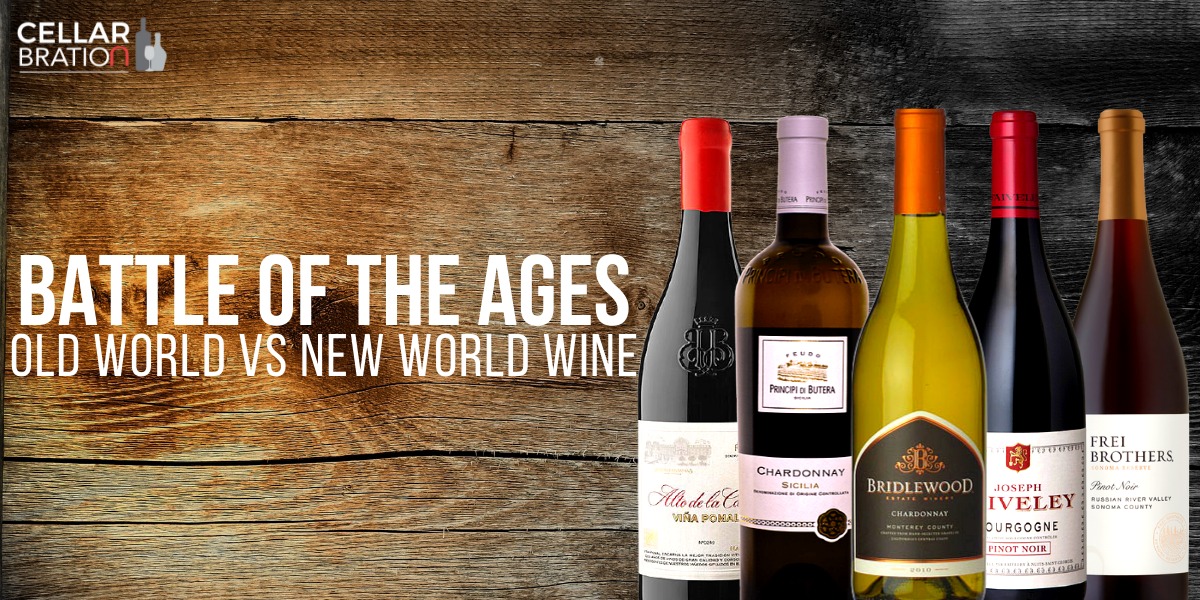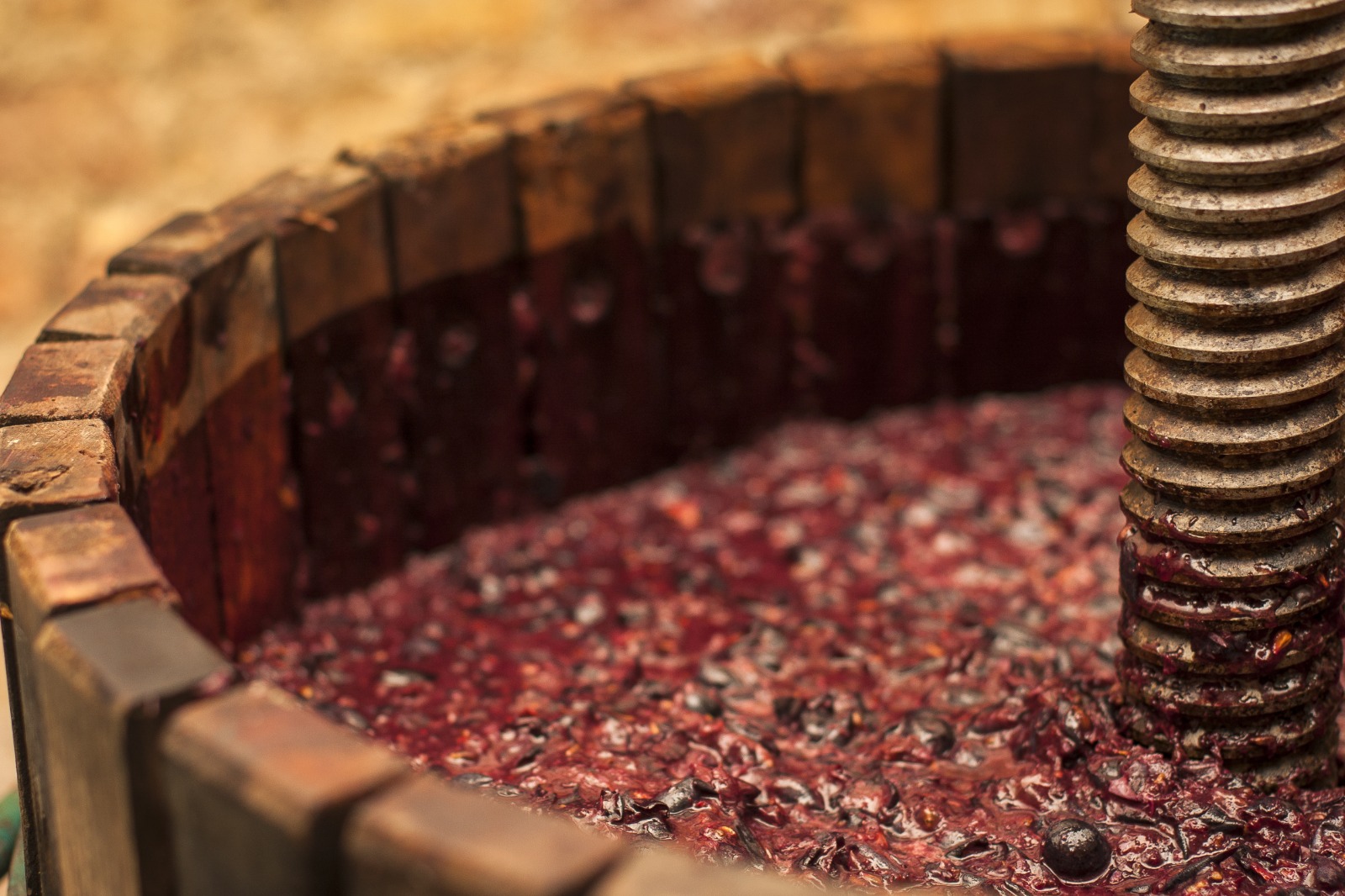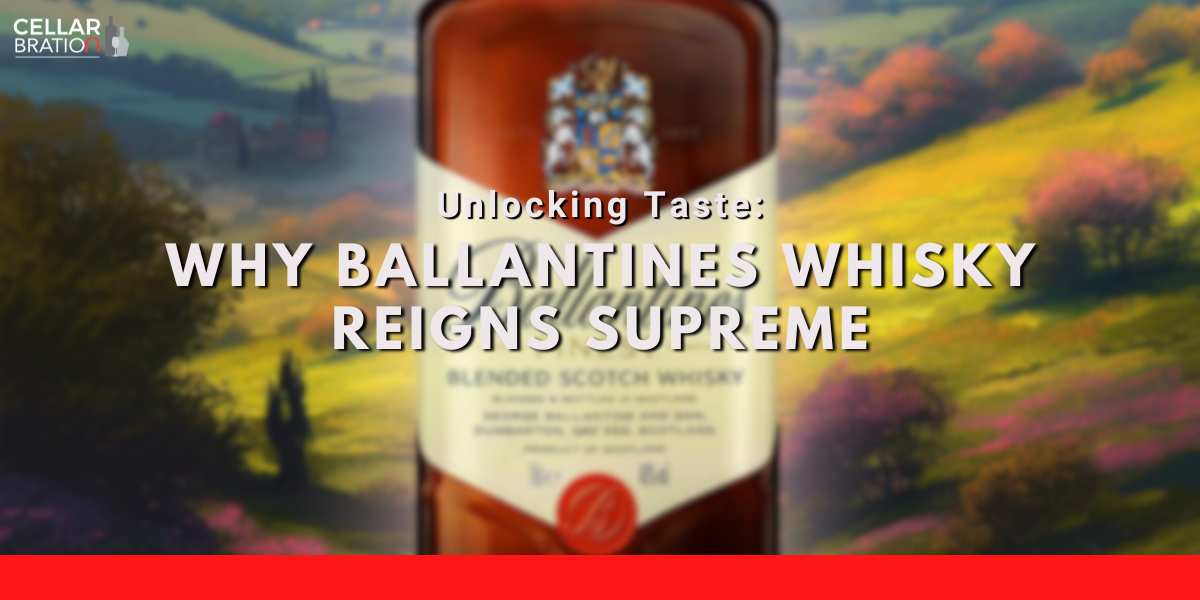
You’re at a bottle shop looking to purchase a bottle of wine. There’s a Pinot Noir from Burgundy, and a Pinot Noir from California. What’s the difference? Which should you get? Surely the one from France must taste better… right? After all, isn’t France known for its wine? Aren’t French vineyards a travel destination in itself for oenophiles? Don’t worry, this is not a riddle – but if it is, the answer lies in Old World and New World wines.
If you’re looking to find the best possible wine for your personal preferences, simply knowing whether it is Old World or New World can tell you a lot about what to expect. These wines do not merely come from different geographic regions, they boast different flavour profiles, complement different foods, and exhibit different levels of tannins, acidity, and body.
So no, old is not always gold, although they can be exceptional indeed. (The answer is, it depends on you!)
The World of Wine
In describing wine, the terms “old world” and “new world” are used quite similarly to that of history – when explorers termed countries and continents previously unknown to them as “New World” while the places they came from were termed “Old World”. In moving to these unfamiliar newfoundlands, these settlers brought along not just their belongings, but also their winemaking traditions and love of wine.
However, because the environment and resources in the New World were different, they had to develop new ways of making wine – tinkering around with old ideas or throwing them out entirely.
As such, Old World wine regions – Europe, North Africa, and the Middle East – are where winemaking traditions originated. Whereas New World wine regions – North and South America, South Africa, Australia and New Zealand, to name a few – adapted these traditions to come up with their own ways of brewing wine.
This brings us to the two biggest differences between Old World and New World wines, which inevitably affect the way they taste: terroir, and winemaking styles.
What’s In A Grape
Philosophy of Terroir
Terroir refers to the environmental characteristics wherein wine is produced, such as general climate, daylight, land elevation, growing seasons, precipitation, presence of water bodies, soil type, etc. As different regions have different environments, this affects what type of grape can be grown, and how it grows. The same grape grown in two places will not taste the same – a Pinot Noir from Burgundy will have qualities distinct from a Pinot Noir grown in California.
What’s even more fascinating is that terroir varies not just by location, but also by year. The conditions where a grape is harvested changes year by year, which is why sommeliers often highlight the year a wine is produced. (Viña pomal alto de la caseta 2015, anybody?)

How Terroir Affects Taste
To avid wine drinkers, one of the best things about wine is its ability to transport you into the history of the land where the grape was harvested. Here are some ways in which environmental characteristics might affect the taste of wine:
Warmer climate = riper grapes during harvesting = higher levels of alcohol
= lower levels of acidity
= higher levels of sugar
= more full-bodied
Higher elevation growing sites = higher levels of acidity
As geographic regions are fundamental to grape quality, the Old World places great importance on the philosophy of terroir, while the New World puts more emphasis on the individual winemaker, and their ability to produce an exceptional wine.

Winemaking Cultures
Old World Cult Classic
In Old World regions, winemaking traditions are revered, and there are many regulations guarding the production of wine. Some of these regulations include what grapes are planted where (true Champagne can only be made in the Champagne region of France!), the amount of alcohol content, how wine is made, and other measures for quality control.
New World Creativity
Conversely, New World winemakers are rule breakers, standing on the shoulders of giants; learning customs of the Old World only to put their own spin on it. This can be be seen particularly in aging wine – New World wines tend to be aged for shorter periods of time in young French oak, while Old World wines tend to be aged longer in neutral wood. New World wines also often incorporate a blend of grapes from different regions, giving it a more rounded, balanced flavour, whereas Old World wines may be more characteristic of a specific grape variety.
All In A (Bottle) Label
Wine labels do not specify whether a bottle is Old World or New World, but there are other ways to tell. Besides geographic location, Old World wines tend to give prominence to the region they come from, whereas New World wines typically highlight the grape variety first, then the region. New World wine labels may also be more diverse, as they are not subject to the strict regulation of Old World wines.
Best of Both Worlds
Old World vs New World Wine Styles
While the difference between Old World and New World wines can be generalised to the difference in geographic region, that is not always the case. In fact, you might hear lovers of the drink talk about them in terms of style.
As a style, Old World wine tends to be more refined. It is subtle yet complex, with a light body, bright acidity, and lower alcohol levels. It takes sweet time to unfurl its aroma and flavour, then sits earthy on the tongue with slight mineral notes. Meanwhile, New World wine is sweeter and more fruit-forward, often with prominent oak flavours – making it an approachable wine for new drinkers.

Map Out Your Palate
We can describe their taste all day long – why not try it for yourself? Take a classic grape like Pinot Noir or Chardonnay, and enjoy the Old World and New World side by side to truly taste the difference.
A couple of wines to try:
| Old World Style Wine | New World Style Wine | |
| Pinot Noir | Domaine Faiveley Pinot Noir Bourgogne | Frei Brothers Pinot Noir |
| Chardonnay | Principi di Butera Chardonnay | Bridlewood Winery Chardonnay |
Whether it’s Old World or New World, we hope this helps you find the best wine for your needs. Enjoy an exquisite wine today with our free, same-day alcohol delivery services (for all orders $99 and above). Choose us as your preferred wine delivery service today!





